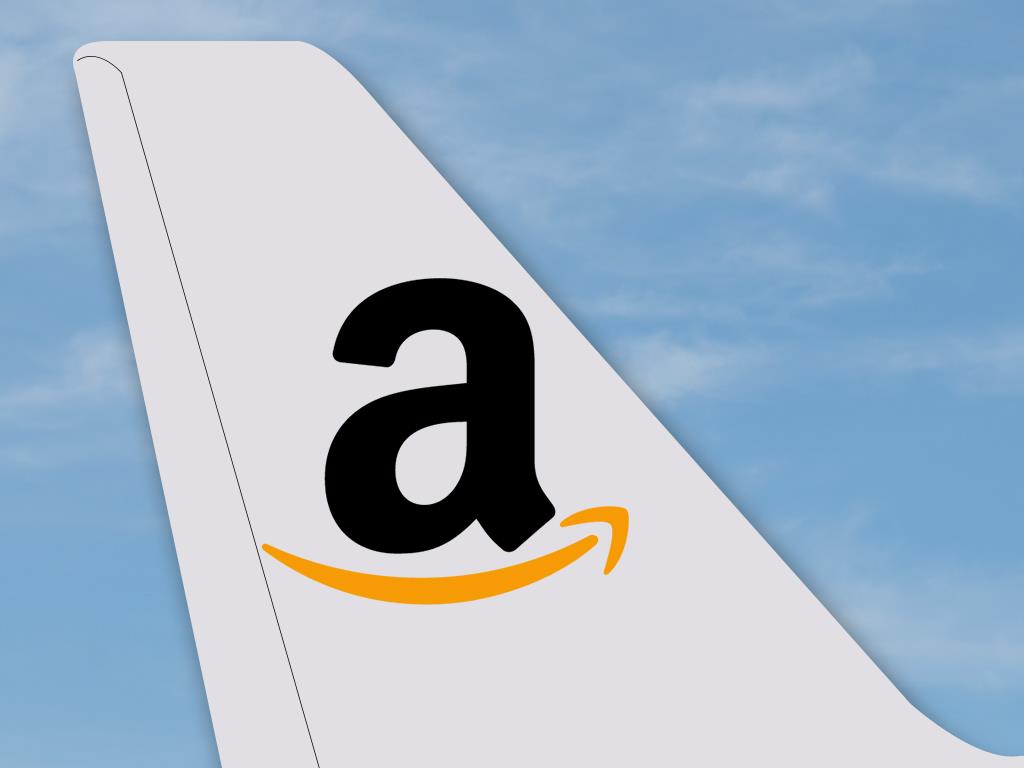Is e-commerce worth the investment for air cargo?
14 / 06 / 2019

Amazon is upping the ante in the race to the consumer’s door with the announcement that it is slashing delivery times for its Prime customers from a standard two-day window to next day.
For now the change targets the US market, but Amazon has signalled that it intends to come up with a similar initiative in the international arena.
Retailers and parcel delivery firms, especially integrators, are seeing themselves forced to play catch-up again, and the exercise will be costly. Amazon is going to spend $800m on halving delivery times to its US Prime customers.
According to some pundits, the online giant can leverage its low-cost network to subsidise overnight air delivery, but the revenue potential for overnight air is very limited.
For integrators this is a dismal prospect. For all its growth, it raises their delivery costs, particularly on the final mile. Moreover, returns are not stellar. For the quarter that ended on February 28, FedEx posted a 1% drop in revenues in its express unit, for which it blamed chiefly a rise in low-yield international services.
In terms of growth, e-commerce looks appealing, but yields are another matter. “What seems a good revenue stream is somewhat negated by the volumetric nature of the cargo,” remarks John Gilfeather, sales director of Network Aviation Services.
“The forwarder seems to want a standard cargo price, but when you load it, it’s 30% lower.”
Tim Strauss, vice-president cargo at Air Canada, agrees that e-commerce margins are not as good as those in regular cargo.
For many airlines e-commerce comes almost exclusively in two forms – mail and consolidations. Strauss welcomes the volumes in mail but is wary of the pricing. Postal agencies often sell at low rates, goaded on by the rise in volume.
“They may over-promise because they think they can get a discount, but $1.25 a kg is not viable if the regular rate on the route is $4.50,” he says.
For Airline Network Services, e-commerce traffic keeps growing, but chief executive Jens Tubbesing remains wary.
“One has to be a bit critical of e-commerce not to be overrun by it,” he says. “You have to put some rules into effect. I give x percent of my space to e-commerce – on days when we have less volume. Not on Saturday.”
On the other hand, some e-commerce shipments do produce decent returns for airlines.
“E-commerce is not all volumetric,” says Stan Wraight, president and chief executive of Strategic Aviation Solutions International.
He observes that some e-commerce firms employ workers in Hong Kong to sort out the volumetric shipments, which are given to airlines that do not charge volumetric rates.
“They give the good stuff to airlines that charge volumetric,” he says.
As well as its growth momentum, which does fill a lot of empty capacity, Strauss reckons that e-commerce may prove a steady revenue stream.
“A possible and yet unknown benefit to e-commerce is that it may be much more resistant to market contractions and recessions, as it is controlled by consumers, much like leisure airlines, who have less downward volatility in less strong economies,” he reflects.
“The next recession will provide many learning opportunities.”
Fear of missing out
While carriers may be wary of the returns e-commerce offers, many will find it hard to stay on the sidelines, he thinks.
“Fear of missing out often plays a part in major shifts in any human endeavour. We are at that stage now with e-commerce. We’ll likely see a number of strategies put into play by airlines and forwarders inside the next 24 months.
“None of them will be exactly right or totally incorrect and all will require a nimble approach to stay with the consumer as they determine how deep, wide and fast the market needs to be to meet their demands. Having a plan using big data and predictive analytics or AI will be the minimum ante to be in the game,” he predicts.
Wraight sees a historic opportunity in e-commerce for airlines, as it requires speed, security, safety and transparency. Airlines offer the fastest connections between points and can use this speed advantage and turn themselves into ‘virtual integrators’, he argues.
To do so, they have to get the processes on the ground right – not only at the hubs but at the other ends of the spokes as well. For this reason it is imperative that airlines align themselves closely with ground handlers. They have to agree on a menu of services and adequate remuneration, which means the airline cannot regard the handler primarily as a cost item to be reduced as much as possible.
The industry has to abandon its silo approach of every party looking after its own interest and develop collaborative solutions, Wraight thinks.
He points to a study from the University of Antwerp, according to which the average price of a 500 gram e-commerce shipment is $15.
“Between $6 and $15 is the margin for the airline, handler and whoever else is involved,” he says.














